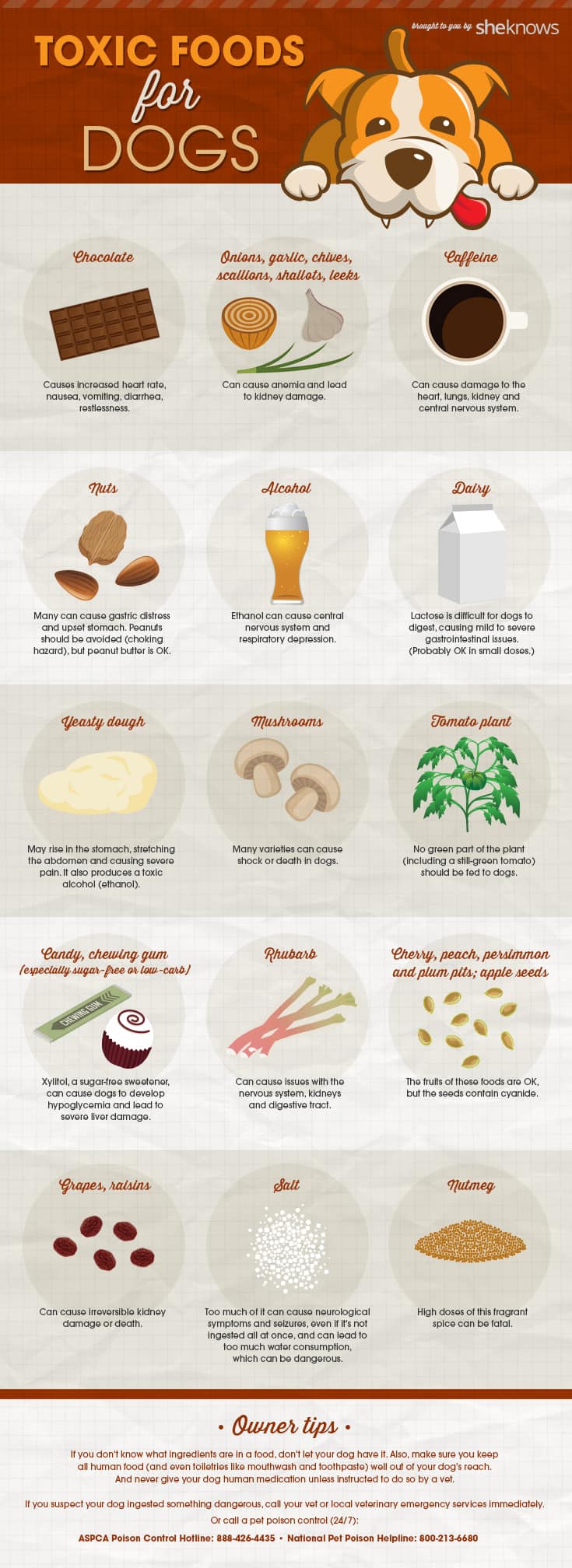Dog Daycare Safety Procedures
Dog Daycare Safety Procedures
Blog Article
Different Canine Daycare Floor Covering Types
Dog childcare facilities require floor covering that is durable, seamless and very easy to sterilize. Tough surface areas like crushed rock can harbor odors and irritate the feet of dogs. Softer floorings can be a choking risk or impaction threat.
Hygienic flooring is non-negotiable. Increased kennel floors promote better ventilation and reduce the buildup of moisture, smells and gases.
PadenporTM
Kennel deck floor covering is modular floor covering that raises pet dogs and animals off the ground-- keeping them away from dirt, mud, and water. This type of flooring is additionally very easy to tidy and supplies excellent water drainage.
PadenporTM is a pet-friendly supported flooring system that integrates soft rubber pads with nonporous urethane. It's seamless, easy to clean, and can be found in a selection of shades. It's an excellent option for pet dog day care and animal grooming because it offers comfort to dogs' joints, backs, and legs. It's additionally acoustically absorbing and can help in reducing sound decibels in the facility.
Seamless alternatives are vital for pet treatment facilities because they're easier to cleanse and protect against smells from leaking through the seams. And also, they're much safer for staff and dogs that might trip over a joint. Looks are one more essential consideration for pet childcare floor covering. A stunning floor improves employee spirits and allows clients recognize that their pet dogs are in a secure atmosphere.
Rubber Mats
Pet-friendly and simple to maintain, rubber floor coverings are a prominent option for pet day care flooring. Their odor-resistant properties maintain centers hygienic and tidy throughout the busiest times of the day. They likewise offer a softer surface that lowers the anxiety on canines' joints and muscles.
These floor coverings are available in numerous structures and colors, permitting centers to customize their rooms visually without sacrificing capability. Furthermore, their anti-slip residential or commercial properties ensure that lively frolicking doesn't bring about injuries and stress on canine attendees.
Rubber floor coverings are offered in rolls, making them a perfect remedy for pet dog kennels and indoor pet daycare centers. Nevertheless, they are permeable and will have joints, which implies they call for sealing to prevent germs from growing in the voids. This can add up to an added expense.
Rolled Rubber
Rubber rolls are a preferred option for pet facilities due to the fact that they are durable and supply good grip for animals. They are additionally easy to tidy and stain resistant.
Nonetheless, some people might not like the joints and the lack of layout choices that rolled rubber gives. One more negative aspect is that it can be extremely unsafe when wet.
Various other types of floorings for dog childcare include foam, rug, and epoxy. Foam floorings are soft and supply shock absorption. They can be an excellent choice for pets with arthritis due to the fact that they ease stress on their joints, feet, and backs. Rug, on the other hand, can be difficult to maintain tidy and can harbor microorganisms, mold, and fungus. Epoxy systems are nonporous and need little maintenance. They are likewise a great choice for kennels, brushing hair salons, training facilities, and vet clinics. They are generally made of a mix of dog boarding kennels recycled materials and be available in a variety of shades.
Epoxy
Unlike flooring paint that may not have the ability to withstand extreme anti-bacterials and other cleansing chemicals used for sterilizing, epoxy floorings are able to do so. They likewise have a flexural toughness of over 3,000 psi so they are extremely long lasting.
Epoxy floor covering offers an impermeable surface area that avoids spills and pet urine (all of us understand there are going to be accidents!) from permeating the concrete and reproducing germs. Specialized epoxies likewise consist of antimicrobial active ingredients to stop the growth of microorganisms and viruses.
A disadvantage to epoxy floorings is that they can become slippery when damp so a distinctive finish might be essential to help enhance grip and lower risk of injury for animals and team. Additionally, they can yellow if subjected to extended periods of sunshine. Nonetheless, fluid-applied seamless epoxy and urethane systems supply animal treatment and vet clinics the durable efficiency and hygiene control support they need to stay on top of the strenuous needs of the work environment.